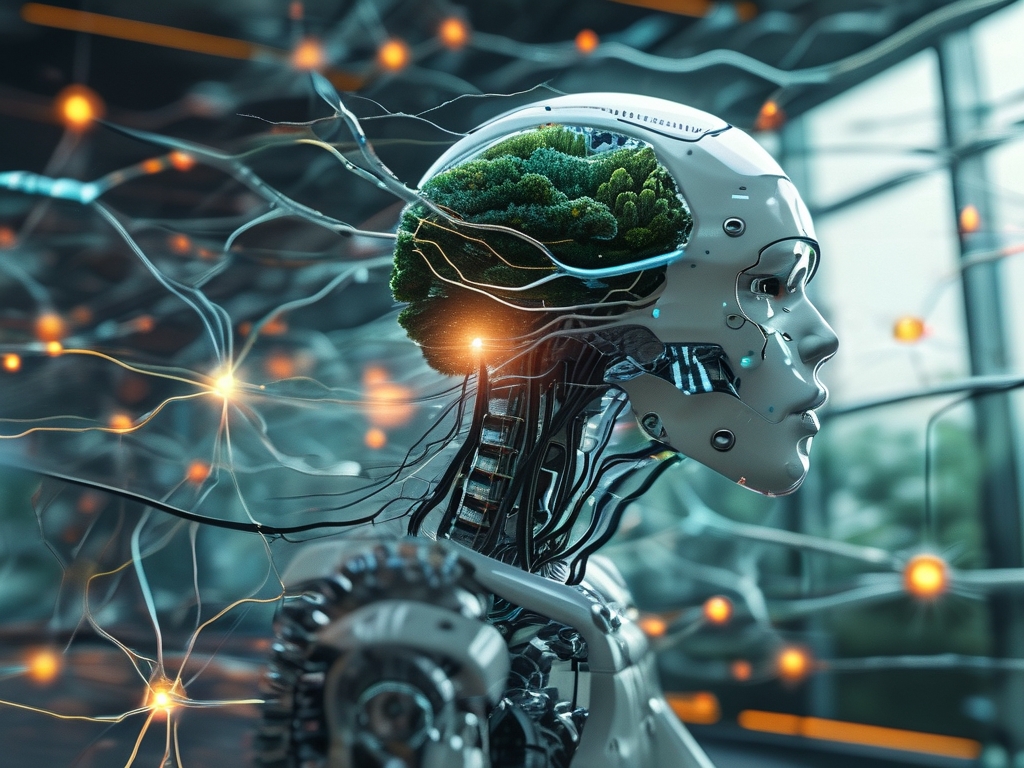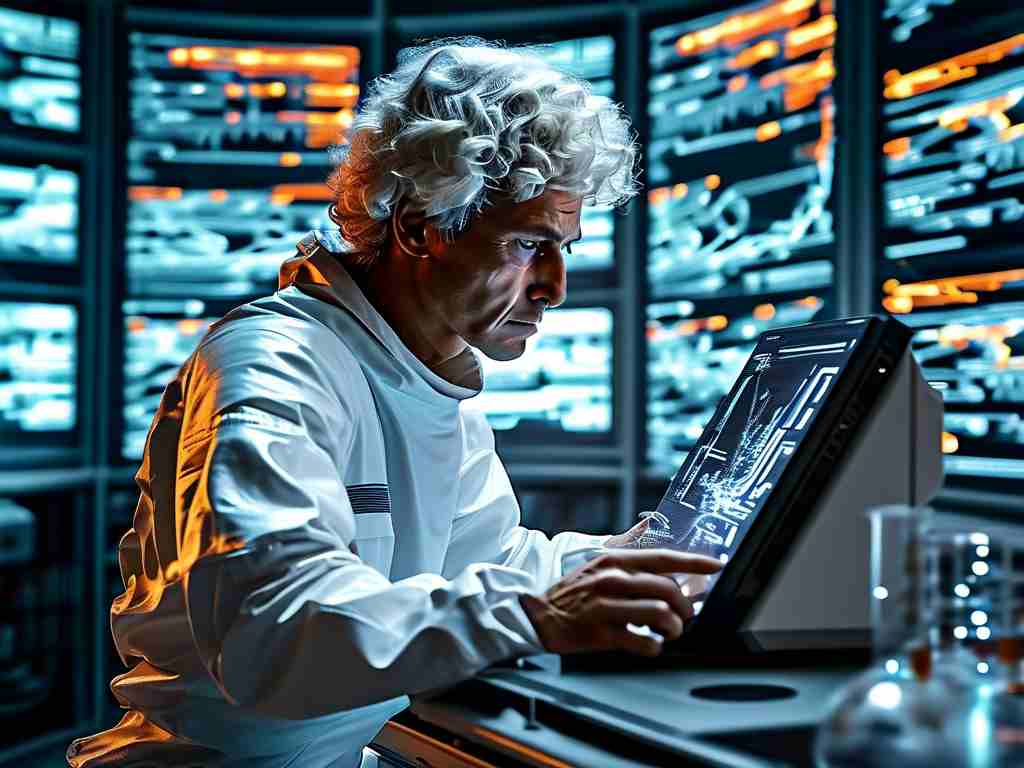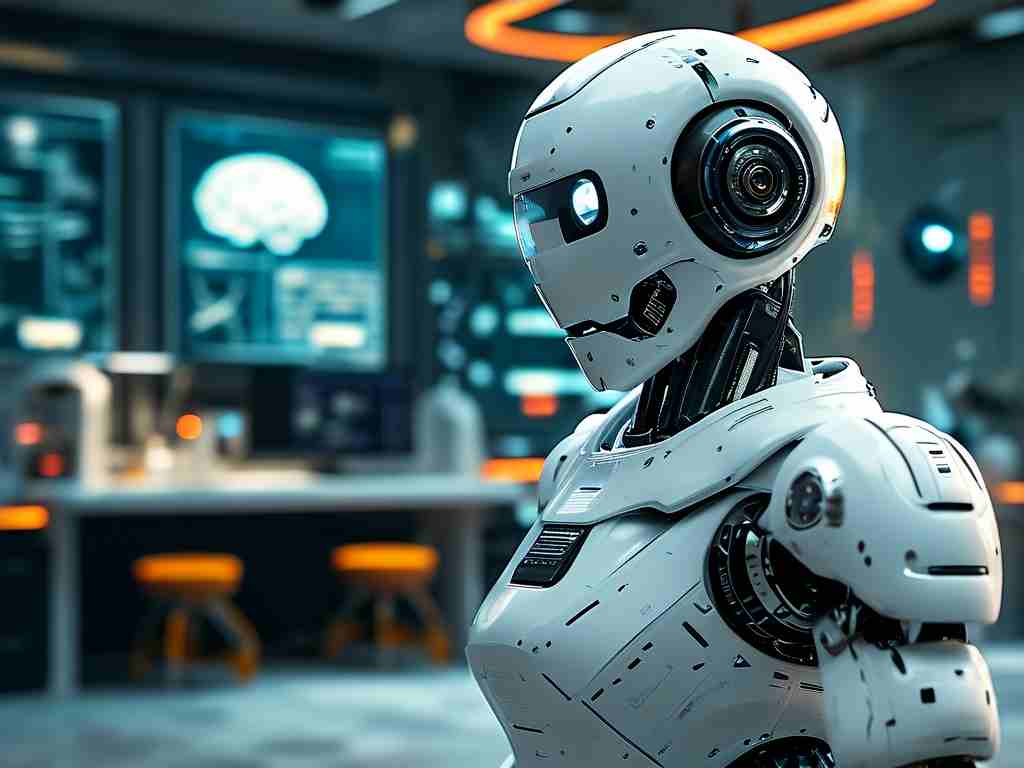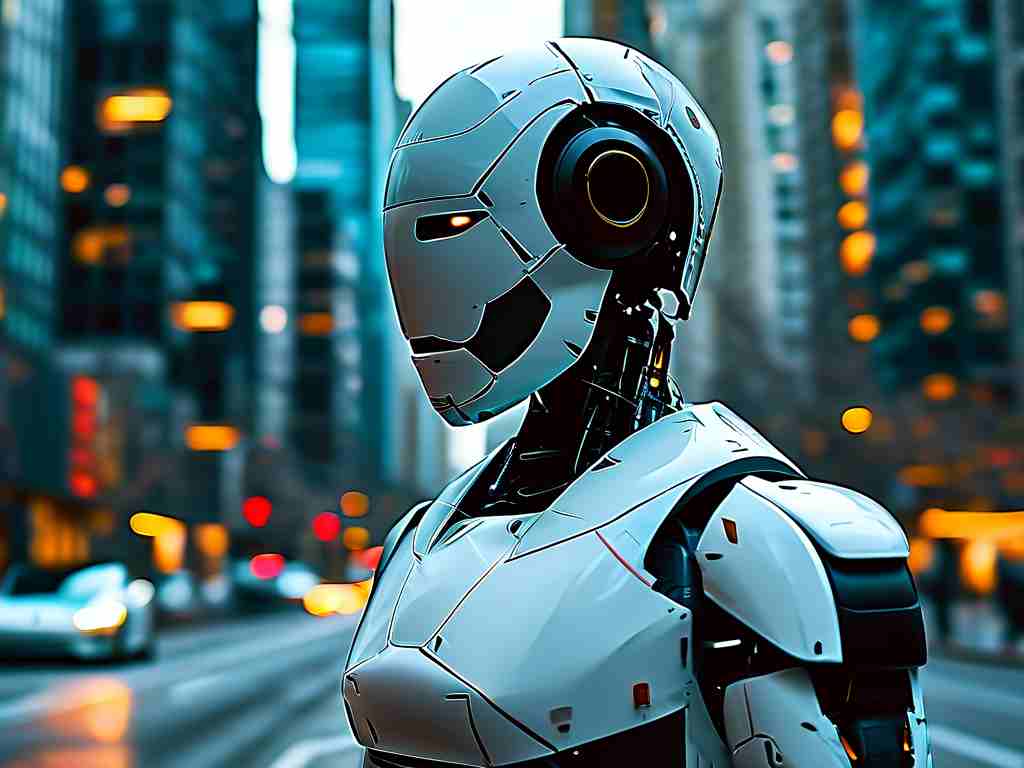In the rapidly evolving landscape of artificial intelligence (AI), the Chu Neural Network (ChuNN) has emerged as a groundbreaking framework that redefines how adaptive learning systems are designed and deployed. Combining dynamic architectural optimization with biologically inspired learning mechanisms, ChuNN addresses critical limitations in traditional neural networks, such as computational rigidity, energy inefficiency, and limited scalability. This article explores the core principles of ChuNN, its technical innovations, and its transformative applications across industries.

1. The Genesis of Chu Neural Networks
The Chu Neural Network is named after its creator, Dr. Lin Chu, who sought to resolve the "static architecture problem" plaguing conventional deep learning models. Traditional neural networks rely on fixed layers and hyperparameters, which often lead to suboptimal performance when faced with dynamic or unpredictable data. ChuNN introduces a self-optimizing architecture that dynamically adjusts its structure during training. By leveraging reinforcement learning principles, the network autonomously adds, prunes, or reconnects neurons based on real-time data feedback, enabling unparalleled adaptability.
2. Technical Innovations
a) Dynamic Layer Allocation
Unlike static models like CNNs or Transformers, ChuNN employs a modular layer system. Each layer operates as an independent "learning agent" that negotiates with others to allocate computational resources. This approach mimics the human brain's synaptic plasticity, where neural pathways strengthen or weaken based on task demands.
b) Energy-Efficient Training
ChuNN integrates sparse activation mechanisms, reducing energy consumption by up to 40% compared to dense networks. By activating only relevant neurons for specific inputs, it minimizes redundant calculations-a critical advantage for edge computing and IoT devices.
c) Cross-Domain Transfer Learning
The network's architecture allows seamless knowledge transfer between unrelated tasks. For instance, a ChuNN trained for image recognition can adapt to natural language processing (NLP) with minimal retraining, thanks to its universal feature extraction modules.
3. Applications Across Industries
a) Healthcare
In medical imaging, ChuNN's adaptability enables real-time tumor detection across diverse imaging modalities (MRI, CT, ultrasound). Its dynamic architecture adjusts to variations in scan quality, outperforming static models by 15% in diagnostic accuracy.
b) Autonomous Systems
Self-driving cars benefit from ChuNN's ability to process multimodal data (lidar, cameras, radar) simultaneously. The network dynamically prioritizes sensor inputs during sudden environmental changes, such as detecting pedestrians in low-light conditions.
c) Financial Forecasting
ChuNN excels in predicting stock market trends by adapting to volatile market conditions. Its architecture recalibrates in response to geopolitical events or economic shocks, achieving a 22% higher prediction accuracy than LSTM-based models.
4. Challenges and Ethical Considerations
Despite its promise, ChuNN raises questions about computational transparency. Its self-modifying architecture operates as a "black box," complicating audits for bias or errors. Researchers are developing explainability tools, such as dynamic attention mapping, to address this issue. Additionally, the energy required for continuous architecture optimization remains a barrier for low-resource environments.
5. The Future of ChuNN
Ongoing research focuses on integrating quantum computing principles to enhance ChuNN's decision-making speed. Early experiments show that quantum-enhanced ChuNNs could solve optimization problems 100x faster than classical counterparts. Furthermore, collaborations with neuroscientists aim to refine its biologically inspired algorithms, potentially bridging the gap between artificial and natural intelligence.
The Chu Neural Network represents a paradigm shift in AI development, offering a scalable, energy-efficient, and universally adaptable solution for complex real-world challenges. As industries increasingly adopt ChuNN, its impact on technology-from personalized medicine to climate modeling-will likely redefine the boundaries of machine intelligence. By embracing dynamic architecture and cross-disciplinary insights, ChuNN paves the way for AI systems that learn, evolve, and innovate alongside humanity.









